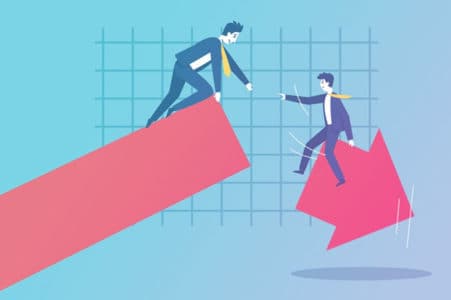South Africa has seen a phenomenal rise in e-commerce and digital commerce, especially during the last two years of the Covid pandemic. However, online commerce has still seen robust growth even as the restrictions have eased and consumer footfall increased in physical stores. This is because of the combined hybrid model of online and offline experience offered by most retailers.
In 2022, the value of digital transactions is expected to reach $14.34 billion. Over the next five years, it is projected to grow at a CAGR of 12.1%, clocking $25.39 billion by 2027.
However, this phenomenon is primarily restricted to densely populated urban areas. The usage of the internet has risen, and digital payments have seen an uptick, mainly in cities. People here are pampered by offers from various e-commerce platforms that cater to the demand of consumers who want instant gratification when shopping online.
At the same time, services like Click & Collect, Ship from Store and Endless Aisle, which blend online and offline experiences, have been gaining in popularity.
How to get over the digital divide?
So far, this has been only one part of the story. Though these figures look impressive, the dark side is that the digital divide in the country is still vast.
A study shows that as of January 2022, out of the total population of 60.6 million, 41.19 million South Africans shopped online, constituting 68.2% of the population. However, a large chunk of 31.8% of South Africans still needs internet access, with a majority of them living in rural hinterlands of the country, where intermittent power connection and internet connections are patchy.
High data prices in the country, averaging over $4, have yet to help the cause of bringing more people onto the digital bandwagon.
Though online e-commerce platforms offer their services to rural parts of the country, the product catalog is limited, as it does not make logistical sense for them to ferry goods to remote parts. Even earlier, products at traditional stores used to be replenished only once a week or once in two weeks.
To bridge this rural-urban gap, e-commerce companies can introduce click-and-collect options, where consumers can pick them from predesignated physical stores after buying their products online. In addition, E-commerce companies can deliver goods once a week or a fortnight, where they can ferry goods in bulk, bringing down their expenditure.
Also, traditional stores can introduce local people to in-store digital experiences like online payment methods and smart point-of-sales machines, reducing the retailer’s costs and increasing their customers’ convenience.













